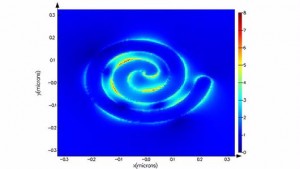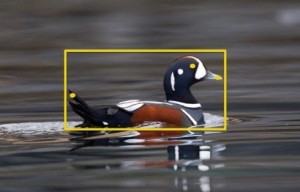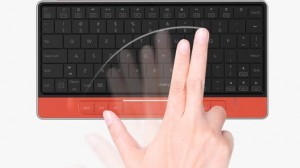Smart Data to evaluate return on retrofitting investment
Retrofitting technology could benefit the EU economy enormously. Such activities could save up to 60% of a building’s energy consumption and this would translate into direct savings in energy expenditure. But energy technology alone is only part of the answer. There are also other barriers to retrofitting such as financial, legal and political impediments.
To tackle these issues, data collection on how energy is used in buildings is key. Now, an Italian energy efficiency company, Officinæ Verdi, based in Rome, has developed an innovative building management system (BMS) that can directly link energetic performance to financial impact.
This could help convince those making decisions to support high costs for renovation works, such as banks, of the benefits of retrofitting, based on hard data. It could also drive changes in people’s energy consumption behaviour.
Data-driven savings
Officinæ Verdi is working on public buildings, through the European project R2Cities. “We are involved in technology-payback analysis; this means we evaluate the financial sustainability of each technology,” says Giovanni Tordi, CEO of Officinæ Verdi.
He explains that several issues often prevent the implementation of retrofitting like a thermal coat insulation: the considerable costs, the credit crunch and the involvement of all the owners of the building.
Thus, “data could be used as a base for presenting a renovation project to a bank for getting the financial support that is needed,” affirms Simone Tola, coordinator of the public Agency for energy in the Venice province, Italy. In the long run, such fact-based investment may help businesses and the public sector make important energy saving interventions.
To realise the value of energy saving achieved, monitoring is key. An example of such monitoring system is the Mætrics Advanced BMS platform developed by Officinæ Verdi.
It gathers information on energy flows and building environmental parameters—such as humidity, indoor and outdoor temperature, etc.—thanks to a network of sensors displaced in strategic points. Through the platform’s software console, a building manager can analyse the energy consumption inefficiencies in detail. They can also directly link energetic performance with financial cost. This enables fact-based forecasting for future bills.
User behaviour shift
However, data collection may only be part of the issue. It has to be combined with a “smart man-machine interface,” says Fabio Morea, a retrofitting engineering expert at Area Science Park, a cluster of university spin offs and start-up companies in Trieste, Italy. “What is essential in energy saving and sustainability is fusing technological interventions with changes in people’s behaviour.”
The data collected by a platform, such as Mætrics Advanced, could be “a fundamental drive to change how people behave with respect to energy efficiency”, he adds. And changing behaviour is difficult, particularly if people do not see an immediate payback. “We have the technology to retrofit the existing buildings, boost energy savings and limit inefficiencies,” says Tola.
Private vs public
But there could be big differences between the private and public sectors. “Data collection can be used as a leverage, especially if it is directly linked to economic savings,” Tola notes, “but it is much easier in the private than in the public sector.”
If a building manager of a company can see a way to save money in a financially sustainable way, he or she would go for it. “But in the public administration, that would mean that extra-technical and political aspects of energy management should make a little step back,” he adds. Energy and financial data should provide a fact-based platform to determine the development of energy management of public buildings. But it is not so common.
References:http://phys.org/






